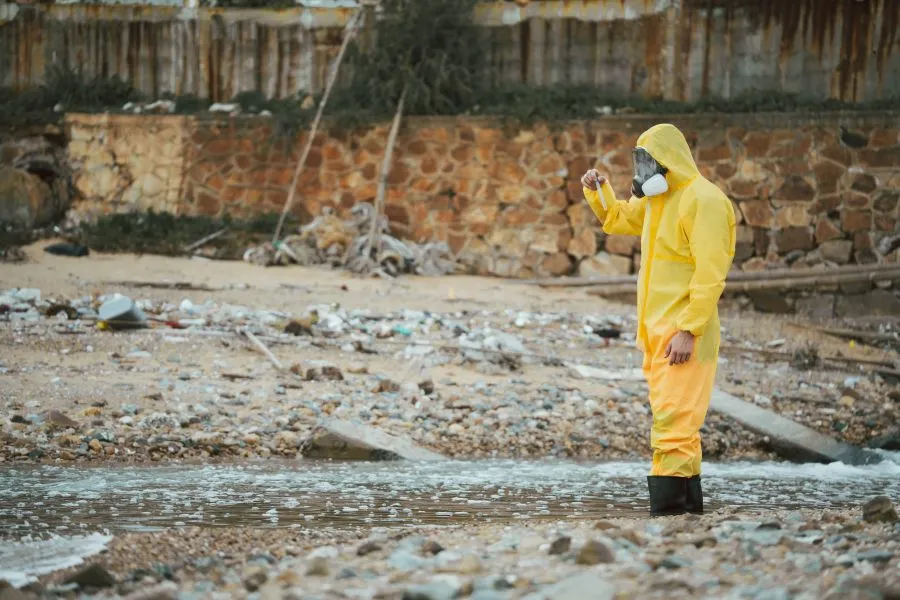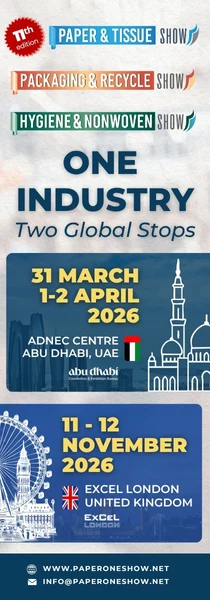US packaging sector achieves material reductions despite rising demand, finds report
Key takeaways
- Industry-led source reduction cut US packaging by five million metric tons from 2019–2024.
- The report warns that further reductions face challenges from data gaps, supply chain costs, and competing sustainability goals.
- Trade groups stress that packaging optimization must balance safety, recyclability, and emissions targets.
A joint report from the American Institute for Packaging and the Environment (AMERIPEN), the Consumer Brands Association, the Consumer Technology Association, and Smithers, finds that industry-led source reduction efforts have decreased US packaging volume by five million metric tons between 2019 and 2024.
The study defines source reduction as the physical reduction of packaging weight.
The report states that from 2014 to 2019, packaging volume in the US rose from 85.8 million metric tons to 88.4 million metric tons. However, in 2024, packaging volume decreased to 83.5 million metric tons.
John Hewitt, senior vice president of Packaging and Sustainability at the Consumer Brands Association, says: “Consumers are at the heart of everything we do, and packaging is a critical piece of ensuring our industry’s products remain safe and accessible.”
“This report shows that our industry has made great strides in source reduction efforts. As we look to the future, continued progress must not come at the expense of consumer or product safety.”
The research highlights that, despite a population boom and the COVID-19 pandemic, which increased packaging demand, the US packaging industry has made “substantial progress” in reducing packaging over the last decade.
The report aims to provide a numerical value on the source reduction efforts made by consumer brand companies and packaging manufacturers. Moreover, it attempts to distinguish between source content shift and packaging utilization to identify the net reduction in packaging.
Industry-led initiatives
The report estimates that without industry-led source reduction efforts, packaging volume in the US would have reached 88.9 million metric tons by 2024.
 Packaging optimization, recyclability, and GHG reduction must align to avoid unintended environmental consequences, warns AMERIPEN’s Lynn Dyer.Lynn Dyer, executive director at AMERIPEN, says: “Packaging is already being optimized to protect the product inside, while minimizing packaging costs. As we contemplate future optimization efforts, we must consider other sustainability goals and mandates like recyclability, increased recycled content usage, and reduced greenhouse gas emissions.”
Packaging optimization, recyclability, and GHG reduction must align to avoid unintended environmental consequences, warns AMERIPEN’s Lynn Dyer.Lynn Dyer, executive director at AMERIPEN, says: “Packaging is already being optimized to protect the product inside, while minimizing packaging costs. As we contemplate future optimization efforts, we must consider other sustainability goals and mandates like recyclability, increased recycled content usage, and reduced greenhouse gas emissions.”
“Failure to do so may result in unintended consequences for consumers and the planet.”
Plastic pollution remains a rapidly escalating environmental crisis in 2025, with over 400 million metric tons of plastic produced every year. A recent study reveals that from 2000 to 2023, US companies Coca-Cola and PepsiCo, as well as the Swiss FMCG company Nestlé, produced approximately 138 million metric tons of plastic, of which 8% to 11% was recycled.
Challenges to source reduction
Companies interviewed for the study believe that a further 5-10% source reduction is possible. However, they stress that there are "significant challenges” for achieving more than a 10% reduction.
For example, reducing packaging material can lead to increased product demand and food waste. In addition, quantifying and tracking source reduction provides a challenge due to limited data, according to the study.
It also explains that rising costs throughout the supply chain hinder packaging reduction efforts and notes that competing priorities, such as reducing GHG emissions, recyclability, and PCR content, can “potentially run counter to source reduction efforts.”
Katie Reilly, vice president of Environmental Affairs and Industry Sustainability at the Consumer Technology Association, says: “Industry-focused innovation is driving real progress in packaging sustainability. Durable goods manufacturers recognize that source reduction is not just about sustainability — it’s about maintaining product integrity while innovating responsibly.”
“This report reinforces that reduction goals must be balanced to protect products from breakage, serve customers, and maintain our complex global supply chains.”











